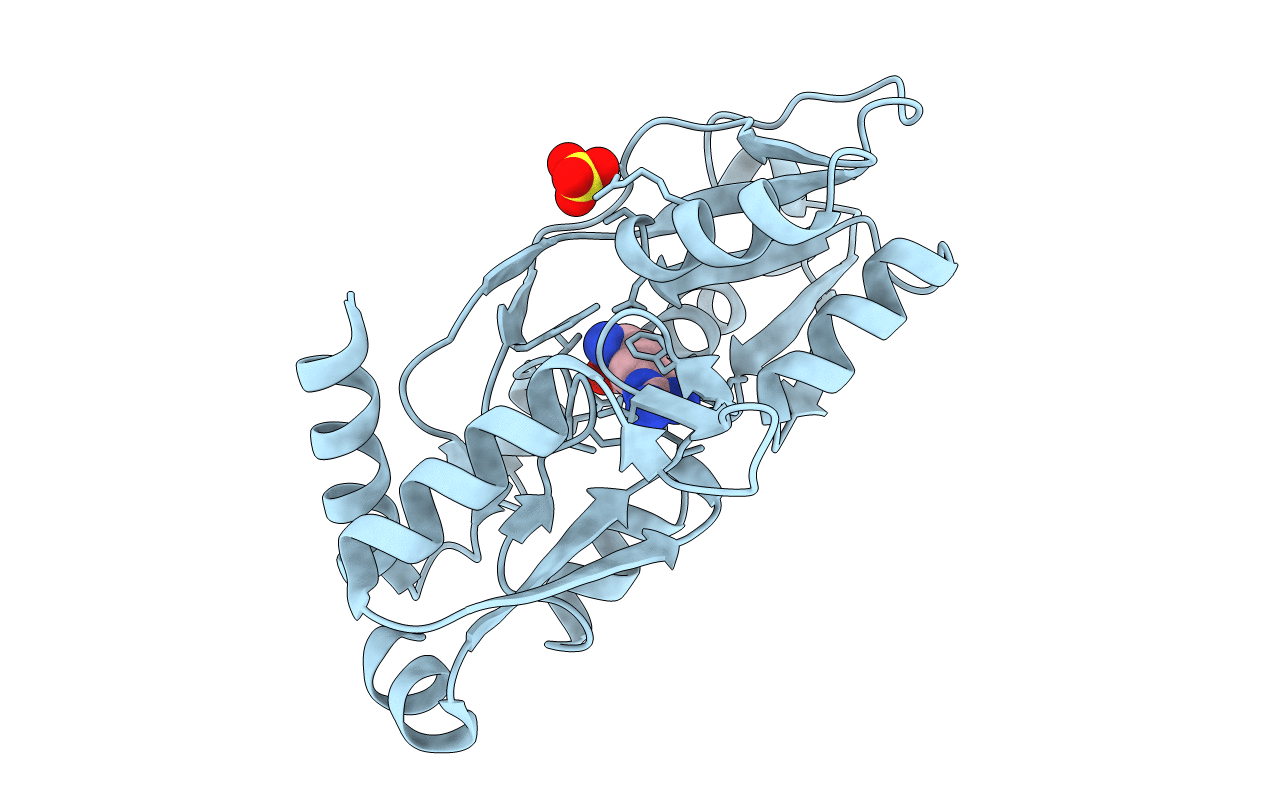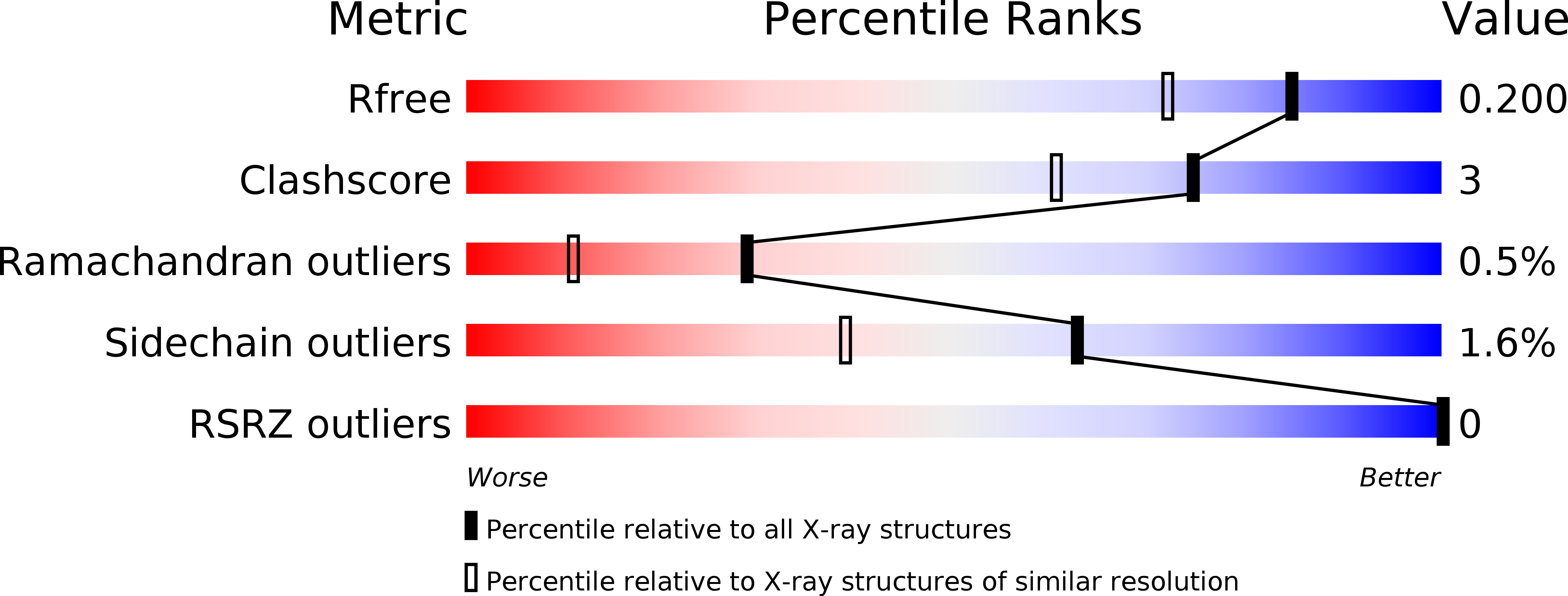
Deposition Date
2018-12-04
Release Date
2019-05-08
Last Version Date
2024-01-24
Entry Detail
PDB ID:
6Q3U
Keywords:
Title:
Gly52Ala mutant of arginine-bound ArgBP from T. maritima
Biological Source:
Source Organism:
Host Organism:
Method Details:
Experimental Method:
Resolution:
1.64 Å
R-Value Free:
0.18
R-Value Work:
0.16
R-Value Observed:
0.16
Space Group:
C 1 2 1


